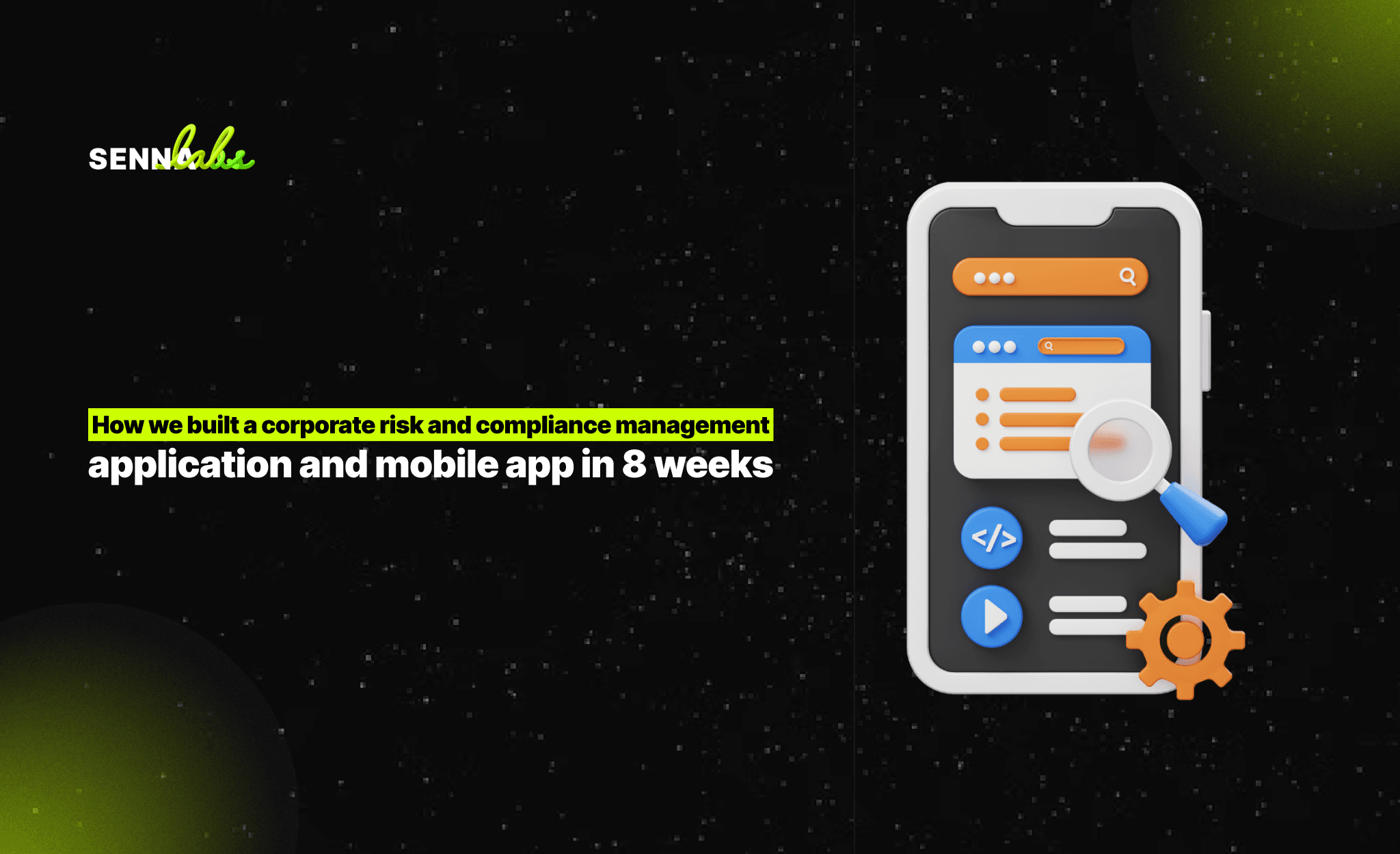The Role of Consent Management in PDPA Compliance
Share

In an increasingly digital world, the need for businesses to collect, store, and process personal data is more critical than ever. However, with this necessity comes a heightened responsibility to protect individuals' privacy rights. The Personal Data Protection Act (PDPA) establishes stringent guidelines for how businesses handle personal data, placing a strong emphasis on consent management.
Consent management plays a pivotal role in ensuring that organizations adhere to PDPA regulations, enabling customers to have control over their personal data. It is not just about obtaining permission—it’s about being transparent with users, respecting their preferences, and providing a seamless experience for managing consent. This article will delve into the importance of consent management in PDPA compliance and explore best practices for collecting, storing, and managing consent effectively.

What is Consent Management?
Consent management refers to the process by which businesses obtain, track, and manage individuals' consent to collect, use, and share their personal data. Consent under PDPA must be obtained for specific purposes and must be informed, voluntary, and capable of being withdrawn at any time.
Businesses are responsible for ensuring that their consent mechanisms are transparent, easily understandable, and provide individuals with clear options for managing their consent. This includes allowing individuals to opt-in or out of data collection and offering easy ways to update or withdraw consent if they change their preferences.
The Importance of Consent Management in PDPA Compliance
Under the PDPA, individuals have the right to know how their personal data is being used, to whom it is being disclosed, and to withdraw their consent at any time. Failure to comply with these regulations can result in severe penalties and damage to a company's reputation. Consent management is not only a legal requirement but also a crucial component in building trust with customers and ensuring that their privacy rights are respected.
Here are several key reasons why consent management is critical for PDPA compliance:
1. Transparency and Informed Consent
The PDPA requires that individuals be fully informed about how their data will be used before consent is obtained. This means that businesses must clearly explain:
-
What personal data is being collected.
-
Why the data is being collected and how it will be used.
-
With whom the data will be shared.
-
The duration for which the data will be stored.
-
How individuals can withdraw consent if they choose to do so.
A robust consent management system ensures that customers are fully aware of what they are consenting to, which builds trust and reduces the likelihood of complaints or disputes. Without clear, informed consent, businesses risk non-compliance with the PDPA.
2. Giving Customers Control Over Their Data
One of the key principles of the PDPA is that individuals should have control over their personal data. This means that customers must have the ability to easily manage their consent preferences—whether it's opting in to receive marketing communications or withdrawing consent for data processing.
A well-implemented consent management system allows customers to control what information they share, how it is used, and when they want to revoke consent. This empowers individuals and enhances customer trust, as they feel confident that their preferences are being respected.
3. Ensuring Data Integrity and Accuracy
Maintaining accurate records of individuals' consent is crucial for PDPA compliance. Businesses must be able to prove that they obtained valid consent from individuals and track any changes in consent preferences over time.
Effective consent management systems store detailed records of when and how consent was obtained, what data was collected, and any subsequent changes to consent. These records ensure that businesses can demonstrate compliance with the PDPA if required by regulatory authorities, thus avoiding potential fines or legal action.
4. Minimizing the Risk of Non-Compliance
Failure to properly manage consent can result in significant legal penalties under the PDPA. Businesses that fail to obtain valid consent before collecting or using personal data are at risk of violating privacy regulations, which can lead to fines, reputational damage, and loss of customer trust.
By implementing a comprehensive consent management system, businesses can ensure that they are adhering to PDPA regulations, mitigating the risk of non-compliance, and reducing the likelihood of data breaches or unauthorized data usage.
Best Practices for Consent Management Under PDPA
To successfully manage consent and remain compliant with the PDPA, businesses should adopt the following best practices:
1. Clear and Simple Consent Forms
Consent forms should be designed to be simple, straightforward, and easy to understand. Avoid legal jargon and use plain language to explain the purpose of data collection and how the data will be used. Ensure that individuals know exactly what they are agreeing to when they provide their consent.
2. Opt-In, Not Opt-Out
Under the PDPA, consent must be explicit and voluntary, meaning that businesses should use opt-in mechanisms rather than opt-out. Pre-ticked checkboxes or default settings that assume consent are not compliant with PDPA regulations. Instead, users should actively indicate their consent by selecting options or ticking boxes themselves.
3. Granular Consent Options
Customers should be able to choose exactly what they consent to. Instead of bundling consent for multiple activities (e.g., marketing, data sharing, and personalization), offer granular options that allow users to select what they agree to individually. This gives individuals more control and ensures that consent is specific to each data processing activity.
4. Easy Withdrawal of Consent
Customers must have the ability to withdraw their consent at any time, and businesses should make this process as easy as possible. Include a clear and accessible option for withdrawing consent in communications, websites, or apps, and ensure that customers know how to exercise this right.
5. Consent Management Tools
Investing in a consent management tool can greatly simplify the process of collecting, storing, and managing consent. These tools allow businesses to track consent in real-time, update consent preferences as needed, and generate detailed reports for compliance audits. A consent management tool can also automate many aspects of the consent process, reducing the burden on internal teams.
6. Regularly Review Consent Practices
PDPA compliance is an ongoing process, and businesses should regularly review their consent practices to ensure they remain up-to-date with regulatory requirements. Conduct periodic audits to assess whether consent forms, processes, and records are compliant, and make adjustments where necessary.
Use Case: Improving User Engagement Through Consent Management
To highlight the benefits of an effective consent management system, let's consider a real-world use case involving a digital marketing agency.
The Challenge:
A digital marketing agency was experiencing a high volume of opt-out requests from customers who felt overwhelmed by unsolicited marketing emails. The agency’s consent mechanisms were unclear, and many customers were not fully aware of what they had agreed to. As a result, user engagement was declining, and customer complaints about unwanted communications were on the rise.
The Solution:
The agency decided to revamp its consent management system in line with PDPA regulations. This included:
-
Updating consent forms: The agency redesigned its consent forms to be more transparent, providing clear information about how data would be used and allowing customers to choose what communications they wanted to receive.
-
Introducing granular consent options: Instead of a single opt-in for all communications, the agency allowed customers to select specific types of emails they wanted to receive (e.g., newsletters, promotions, updates).
-
Implementing a consent management tool: The agency adopted a consent management platform to track customer preferences in real-time and ensure that records were accurate and up-to-date.
The Results:
Within six months of implementing the new consent management system, the agency saw a 25% increase in user engagement and a significant decrease in opt-out requests. Customers appreciated the clear and transparent consent options, leading to improved relationships and more positive interactions with the brand.
Conclusion
Consent management is at the heart of PDPA compliance, ensuring that businesses respect individuals' privacy rights and provide a seamless experience for managing consent preferences. By adopting best practices for collecting, storing, and managing consent, businesses can not only comply with PDPA regulations but also build trust with their customers, improve engagement, and reduce the risk of data privacy issues.

Share

Keep me postedto follow product news, latest in technology, solutions, and updates
Related articles
Explore all


